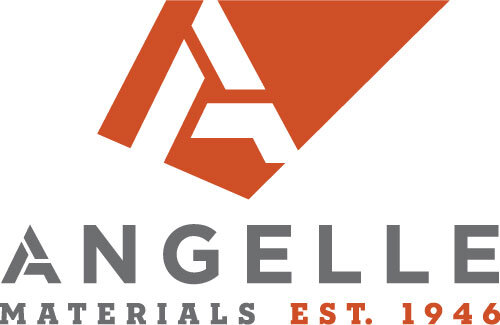Hot Weather Concreting: Essential Practices
Concreting in hot weather presents specific challenges that can affect the quality and durability of concrete. Defined by the American Concrete Institute (ACI 305R), hot weather encompasses conditions such as high ambient temperatures, low humidity, high wind speeds, and strong solar radiation. These factors can accelerate the hydration process of cement and increase the rate of moisture loss from the concrete, potentially leading to issues like rapid slump loss and premature curing.
Here are some key strategies to effectively manage concreting projects under these conditions:
Adjust Concrete Mix: Modify the concrete mix to manage slump loss and setting times effectively. Consider using chilled water or ice to reduce the concrete temperature.
Timing of Concrete Placement: Schedule concrete pouring during cooler parts of the day to mitigate the effects of high temperatures.
Protective Measures: Implement windbreaks, sunscreens, and fogging to protect the concrete from extreme conditions.
For a comprehensive understanding of best practices and detailed strategies to counteract the effects of hot weather on concreting, we invite you to explore our extensive guide, "Concrete in Practice #12 - Hot Weather Concreting." This resource is available through the National Ready Mixed Concrete Association and offers in-depth information on ensuring the longevity and aesthetic of concrete installations in hot weather conditions.
For further information and access to a wealth of resources on effective concrete management, visit the National Ready Mixed Concrete Association's website at www.nrmca.org.
This PDF and additional resources on various concrete-related topics are available courtesy of the National Ready Mixed Concrete Association, Silver Spring, Maryland, USA. Explore other detailed guides on the NRMCA site.


